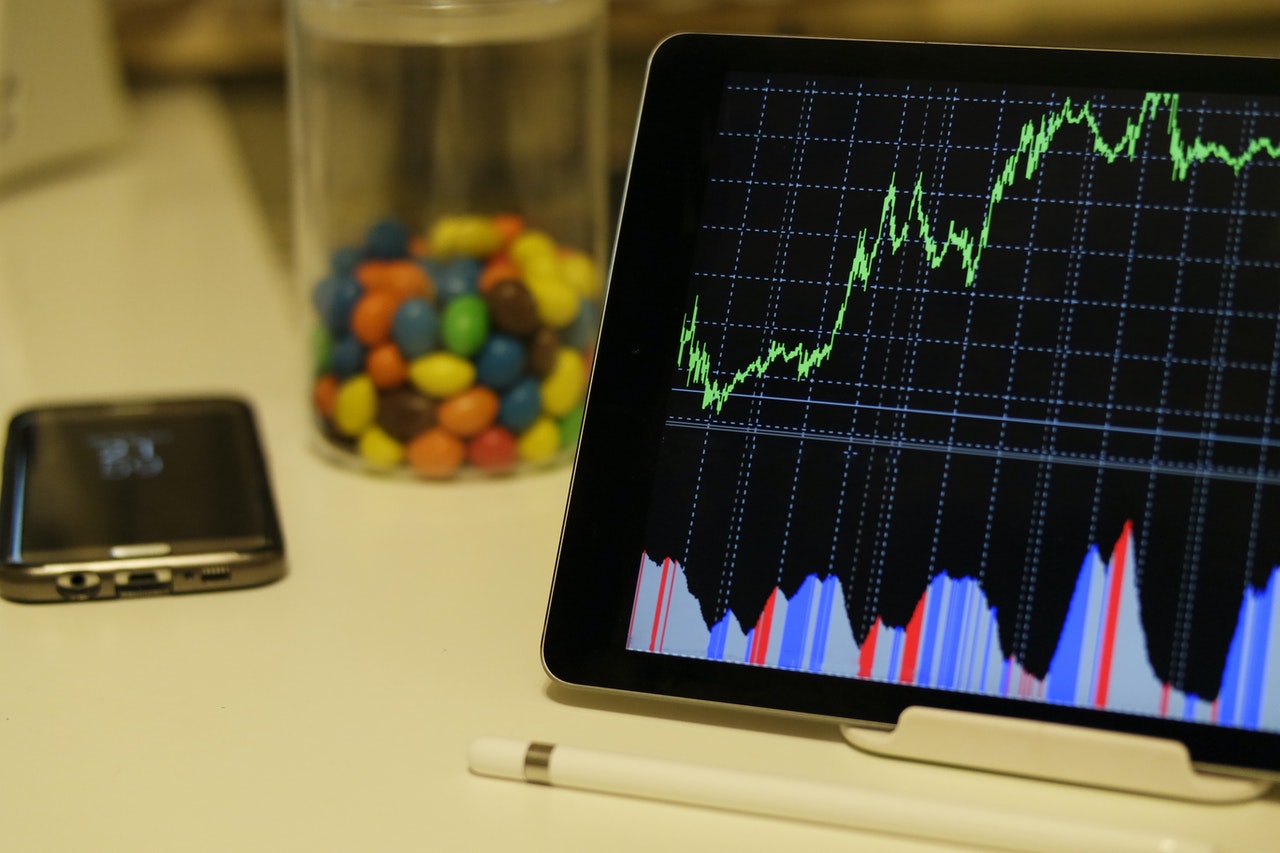Financial trading has grown from manual to electronic to automated with the use of algorithms in the last few decades. The increased adoption of technology will lead to disruptive trends in the current decade and drive exponential growth in newer business segments created within the capital markets (like additional liquidity that was generated by Algo/HFT players in the last few years). We will possibly witness some of the following trends:
Open Source Technology Platforms
Given the fact that fundamentally most technology platforms within capital markets do very similar things (access information, manage trades and risk, comply with regulation, etc.), there could be a significant growth potential in the market to collaborate constructively. They can leverage off latest and greatest open source technologies and developing technology solutions for the financial markets in an open-source fashion, leading to lower cost of platform development, deployment and use that is highly desired by various financial services players (especially in the current market conditions where there is a massive slow-down since last few years and the revenue / profit model of these participants has been significantly eroded, and the requirement to spend to technology is only increasing) and let the niche players build their specialty or specific premium solutions on top of the core open source core financial services technology solutions.
Rise of electronic / low touch trading
Investors will need less and less hand holding from brokers and their traders. They will do more self-directed trading with the ease of use of technology. The western and developed markets have already seen this trend in the past decade (around 70% of American and 50% of European trading is driven by electronic tools); the emerging markets will move towards a similar ratio of technology driven trading. The trading workflow will move to more web and hand-device based platforms.
Low latency trading growth will slow down; given the massive investment required to push it to faster speeds (example Chip based / FPGA trading platform cost is very high and the potential returns do not justify the investment)
Self-learning machines leading to virtual and artificially intelligent trading is an area that may witness some reasonable growth.
Virtual simulation of trading environment and virtual trading may meet advances in the gaming industry.
Enhanced User Experience
The user experience for traders would continue to dramatically improve with the ease of information access, simpler and automated trading workflows (like 1 touch or even no touch fully automated trading).
Devices interactivity enhancements
As people become more mobile and the technology through cloud and various computing devices (mobile, tablets, laptops) support the ease and continuity of platform access, the boundaries between all these devices would be blurred and the user would seamlessly pick up any device in any location and be able to access information and trade into any financial markets. The optimization between the location, cloud access, computing power used, based on the proximity and the markets to be traded could lead to interesting business opportunities.
Social driven trading
Social networks would play an important role in the trading life-cycle as the information sharing becomes faster, more trust-able and the investor sentiment analysis becomes more feasible through the social platforms like Twitter, Facebook etc. Social collaboration and interactivity may lead to better trading ideas which can create more value over time.
Blurring of boundaries between capital markets players
There is likely to be more competition across the value chain of financial services players like brokers would continue to match orders like exchanges do, exchanges would offer broker alike trading and algo platforms so as to control the shift of liquidity, institutional investors may also get into broker and exchange roles somewhat to avoid information leakage etc.
There would also be a large consolidation among various capital market participants. And the competition among exchanges, brokers, investors would continue to become more global as world becomes .
Rise of regulation:
The regulatory bodies will try to control the increase in adoption of technologies within the financial services (given that s very hard for them to follow, understand and regulate the innovation in the market) leading to slower future growth in innovative ways of trading. There will be a shift towards more transparent modes of trading (for example move from OTC to exchange-listed / cleared products).

